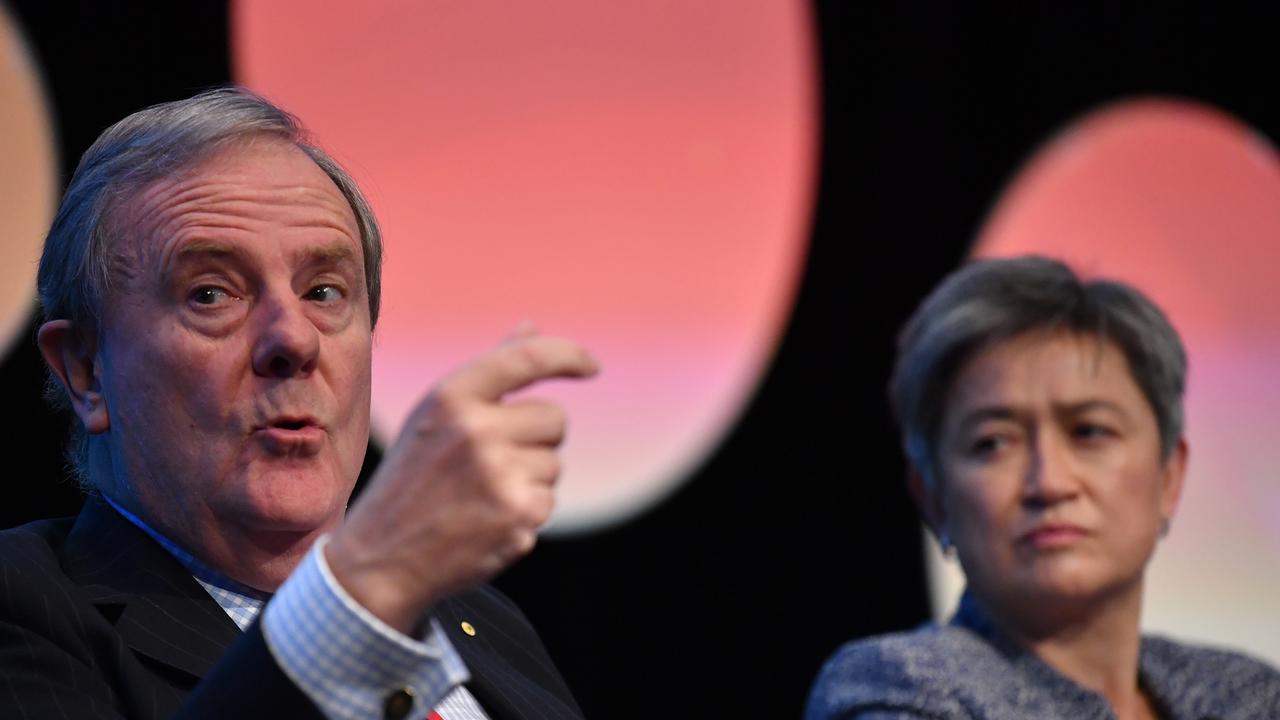Higher rates impact everything from aged care to reasonable return definitions for investments
Changes to home loans or saving account rates are just the start of the changes unleashed by the RBA which flow through to everything from aged care costs to super.

As yet another interest rate increase is announced the tendency might well be to let complacency sit in. That would be dangerous.
Higher rates don’t just change mortgage and savings rates, they change everything from aged care charges to the definition of a ‘reasonable return’ for your investments.
For active investors, higher rates and inflation demand a mental reset.
Consider a 7 per cent return. It sounds fine when rates are close to zero and inflation is close to 2 per cent – in effect you are getting a 5 per cent.
When official rates move to 2.35 per cent and inflation jumps to 6 per cent then that 7 per cent return does not look as good at all.
First, the risk you are now taking to get that 7 per cent is much higher. After all you can get a ‘government guaranteed’ 2.35 per cent with a term deposit in your local bank.
What's more, inflation is running at 6 per cent and you only managed to achieve 7 per cent so are you happy with a one per cent real return?
The accumulation of RBA interest rate increases might be predictable and incremental. But, steadily the cash rate has rolled higher from 0.1 per cent to its new level this week of 2.35 per cent.
As those changes went through, home mortgages rose above 5 per cent and investment mortgages went above 6 per cent.
Keep in mind we are by no means the end of the line. The RBA has some way to go before it can be expected to tame inflation.
Of course cash deposit rates inch forward too, though never at the same pace or uniformity as lending rates.
This changing financial landscape means other rates move higher just as sharply.
Take a look at the aged care sector. The so-called Maximum Permissible Interest Rate (MPIR) which determines how much a bond in aged care will cost is set to move from 5 per cent to 6.3 per cent on October 1
As recently as April this year the MPIR was at 4 per cent, where it had stood for several years.

On the other hand, older Australians have also seen the government pension lifted once this year and it is due to lift again later this month. Retirees have also watched as deeming rates remain unchanged though for how much longer current settings can remain in place is an open question.
Similarly for superannuation investors there is also the prospect that the ‘cap’ in superannuation savings will be lifted.
In fact, even on the basis of what has already occurred this year so far we know that the total benefit cap – the maximum you can have underpinning a tax free income in super – should lift on July 1 next year from $1.7m to $1.8m.
Unless, that is, there is a change of political will in Canberra and the indexing is not put through by the new government.
Though higher rates and inflation will invariably push government related prices and caps higher, any government has the right to freeze so-called ‘indexing’ if it sees fit.
The former Prime Minister Tony Abbot for example froze the Superannuation Guarantee Charge increases for several years before they were eventually ‘thawed’ ‘ by the last Coalition Treasurer Josh Frydenberg.
Speaking of former Treasurers – the chairman of the Future Fund, Peter Costello has recently emerged as one of the first senior investment figures to outline the new reality of an investment cycle where higher rates and inflation completely change the picture.
The nation’s most important fund has carried out its mandate to provide for public servants retirement for over many years on the same formula.
The fund promises the Australian public it will beat inflation by 4 to 5 per cent each year. It has done that handsomely for many years with an average of 9.7 per cent over the last decade.
This year Costello changed his tune – he says under the target he fund will have to make more than 10 per cent this year which under current conditions is unreasonable.
Higher rates and inflation have a historical tendency to stick around – few central banks have managed to make the mechanics work sufficiently fast to avoid pain for investors – that’s why Costello says the Future Fund targets may now need a reset.
More Coverage
Originally published as Higher rates impact everything from aged care to reasonable return definitions for investments





